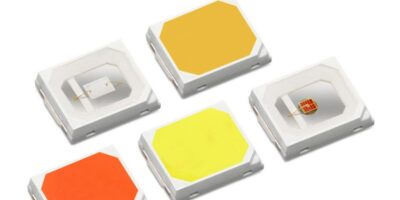Large-format tri-colour displays from Pervasive Displays render text and images in yellow as well as black and white.
Both 7.4-inch and 12.2-inch models are available. The e-paper displays can be used for signage in locations with no mains power as they operate for months, or even years, on a single battery, says Pervasive Displays.
The tri-colour displays are designed for applications where information must be dynamic, but changes infrequently, such as office meeting room schedule screens, bus stop real-time departure boards, retail signage and museum information placards (particularly those used in temporary exhibitions or where multiple languages are required). Yellow can be used to highlight specific information, important facts, changes or special offers.
Both the 7.4 and 12.2-inch models have driving waveforms that enable the display of high-quality images at 126 dpi and 103 dpi respectively. The internal timing controller (iTC) reduces the amount of peripheral circuitry and programming required, resulting in slimline displays.
Characteristics of e-paper displays that make them suitable for indoor and outdoor signage include low energy requirements, wide viewing angles and the use of physical e-ink particles that reflect ambient light, for a readable display, even in bright sunlight, says Pervasive Displays.
Pervasive Displays designs, manufactures and markets e-paper displays for applications that require high resolution, good readability and low power consumption. The company focuses on commercial and industrial applications including retail, logistics, healthcare, security and manufacturing. Its mature TFT, integrated circuit and e-paper platforms reduce risks and improve product value. Pervasive Displays simplifies the work of designers by providing both standard and custom displays and offering extensive technical support through an ecosystem of partners. Design resources include detailed product specifications, application notes, reference designs, source code and applications support. The company is based in Tainan City, Taiwan and has offices in The Netherlands and Oregon, USA.







